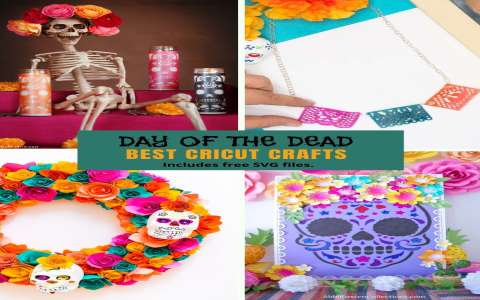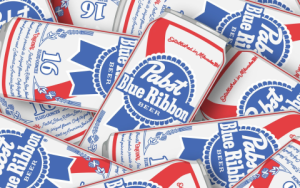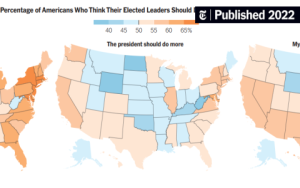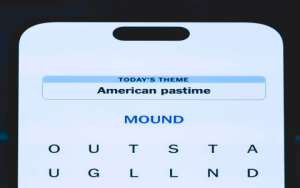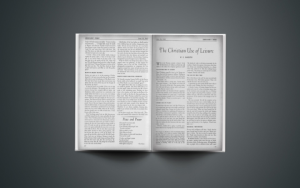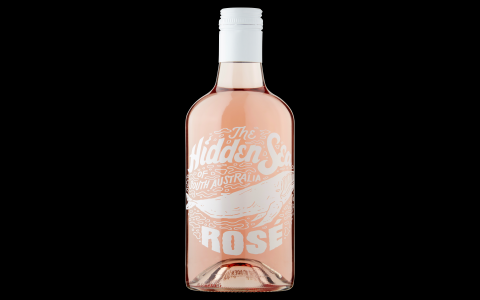Selecting the right Day of the Dead (Día de Muertos) mask type is crucial for an authentic and visually impactful design. Consider these key factors:
Core Mask Types
- Catrin / Catrina Masks: Based on José Guadalupe Posada's elegant skeleton figures. Ideal for sophisticated designs emphasizing stylized skull features, floral crowns (especially marigolds - cempasúchil), and ornate details. Represents the upper class transformed by death.
- Traditional Skull (Calavera) Masks: The most ubiquitous symbol. Focuses purely on the decorated human skull form. Offers the broadest canvas for intricate patterns, bright colors, and symbolic motifs (hearts, crosses, spiders). Represents the soul of the departed.
- Animal Spirit Masks: Jaguars, owls, dogs (particularly Xoloitzcuintles), etc., rendered as calaveras. Incorporates animal features stylized into a skull form. Used to represent spirit guides or the departed's animal companions/nagual.
Key Selection Factors
- Purpose & Context: Is it for wearing, display, or ritual? Full-face masks offer immersion; smaller half-masks prioritize comfort for wearers. Display pieces allow for more elaborate, fragile elements.
- Design Complexity: Catrina masks benefit from intricate floral patterns and accessories. Basic calavera masks offer flexibility for beginners with bold patterns. Animal masks require skillful fusion of animal anatomy and skull structure.
- Material:
- Papier-mâché: Lightweight, traditional, great for detail and painting. Best for decorative or short-term wear.
- Wood: Durable, excellent carving potential for deep detail. Heavier, suited more for display.
- Ceramic: Delicate and beautiful, purely decorative, allows fine sculpting.
- Leather: Durable for wearing, softer sculpting options than wood/ceramic.
- Color Significance: Prioritize traditional, vibrant colors: White for purity/bones, Purple for mourning, Pink for celebration, Yellow/Orange (marigold) for the path to the afterlife, Red for lifeblood/passion, Blue for water/heaven.
- Authenticity & Respect: Study authentic sources (Posada engravings, Mexican folk art). Use meaningful cultural symbols appropriately. Avoid superficial stereotypes or appropriating sacred indigenous designs outside their context.
- Wearability (If Applicable): Ensure comfortable fit, adequate ventilation holes, secure straps, and clear eyeholes if worn. Test weight distribution.
Tips for Perfect Designs
- Embrace Symmetry: Traditional designs are often highly symmetrical, especially for calaveras and Catrinas, creating visually striking balance.
- Master the Skull Foundation: Underlying bone structure must be accurate and expressive, even with heavy decoration.
- Pattern Integration: Integrate swirls, dots, hearts, floral vines, and geometric patterns seamlessly onto the skull structure. Vary line width for dynamism.
- Texture Matters: Use carving (wood/leather), layering (papier-mâché elements), or paint techniques (shading, stippling) to add depth and interest beyond flat color.
- Flourishes: Add genuine decorations like small fabric flowers, glitter accents (used thoughtfully), lace, or miniature accessories relevant to the character (hats, jewelry replicas).

